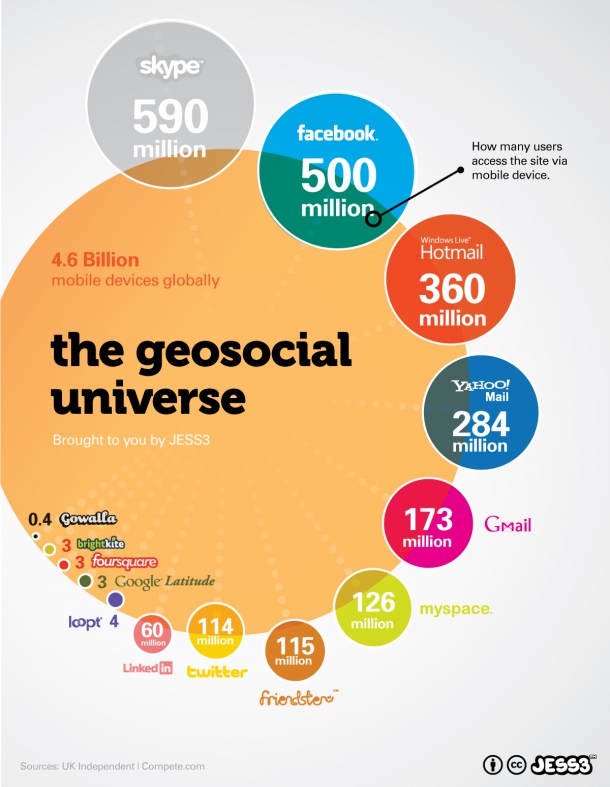 |
| So much writing will require many pencils. Flickr Creative Commons Photo by Dvortygirl |
That's a lot of writing you've got there. Good thing you don't have any other job responsibilities. Oh, wait. You have things that aren't writing that you're also supposed to be doing?
Fortunately, there are people you can hire. Freelance writers like me, that you can smoothly hand your projects off to, and get on with all those other to-do list items.
But how do you hire a freelance writer? What questions should you ask? How can you tell if someone's a good fit for your organization?
I'm so glad you asked. The following is not the golden guideline of hiring a freelancer, it's just how I like to go about it.
1. Find a writer.
- Ask around. It's good to know if a colleague or friend has recently worked with a good writer. You can get the inside scoop on how this person is to work with, something you can't tell from writing samples.
- The Internet delivers yet again! Googling "Freelance Writer + your city" can yield promising results, as can checking out LinkedIn.
- Give the writer a call or send an email. Ask if they're taking new clients. If they are, hurray! Proceed. If they aren't, aw shucks! Ask if they can refer you to another writer.
- If the writer is available, describe your project briefly. Ask them to direct you to their online portfolio, or to send you some samples.
- Just because we're wild and crazy (highly responsible) freelancers doesn't mean we don't have resumes and references. I've got 'em, you can ask for them.
- You can ask for a rate. Some writers quote by an hourly rate. Others will need more details about the project, and will quote a flat fee.
Writing projects vary. Someone who is a technical writing genius may not be able to create a tagline. Someone who wrote a fantastic radio spot might not be the ideal person to write your grant proposal. Or maybe she is. Some writers are very versatile, others may specialize. Ask about this.
4. Review the Samples
When confronted with samples, you may feel out of your depth. Behold, the following cheater ways to judge a piece of writing.
Ask yourself:
- What is this about? (If you can't tell, it's already not a good sample.)
- What does it want me to do? (Give money, volunteer, stop buying palm oil?)
- Do I want to do that thing? Why or why not? (Does this piece turn you off? Does it make you want to start buying palm oil, just to get your revenge upon this piece of writing? This is a clue that you may not mesh well with this writer, at the very least, and that they may not be any good at the worst).
- Who is the audience?
- Do I think this piece speaks to that audience? (Copy aimed at children shouldn't use giant words. Copy aimed at senior citizens probably shouldn't rely on profanity for comedic effect.)
If you've reviewed the sample and are ready to go ahead, it's time to get back in touch with the writer. Let them know you want to hire them. Things you should discuss from this point are:
- Timelines.
- Budget.
- Your goals for the piece of writing.
- The mission of your organization, and how this piece figures in.
- The way you want to stay in touch, and how often you want to talk.
- Contracts.
Voila! You've hired a freelance writer.
